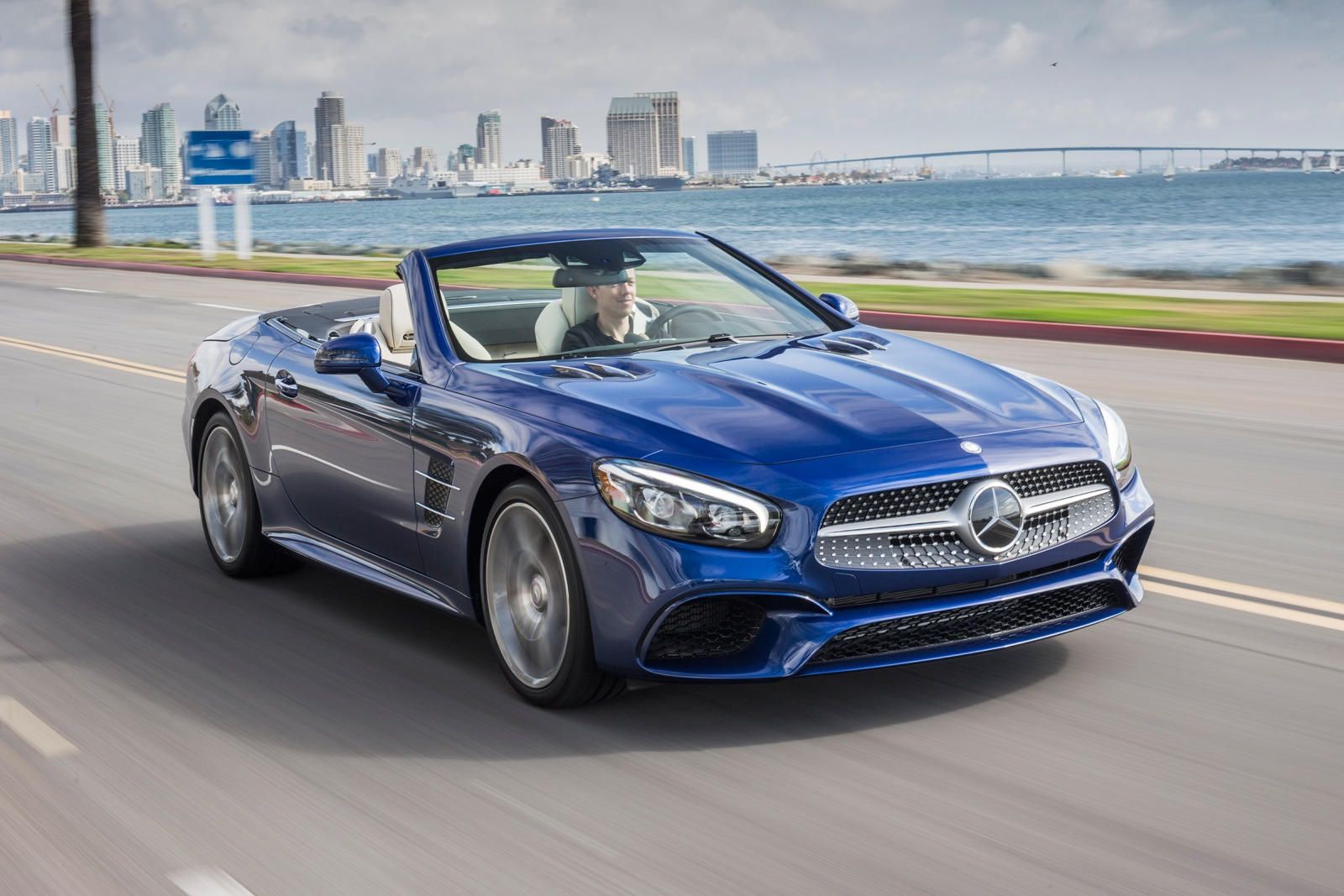
Having just revealed the Vision EQS in Frankfurt last week, we figured it'd be a little while before we'd see another concept from Mercedes. Yet here we have exactly that, and it's unlike anything the German automaker has produced in over a century.
Like last year's Aesthetics Progressive Luxury streamliner, the Vision Mercedes Simplex is billed more as a "sculpture" than a concept car. Only this one reaches back even further into the company's long history, taking its inspiration from its very first racing car and reinterpreting its old form with a thoroughly modern twist.
The design study draws on the 1901 Mercedes 35 PS, the early purpose-built racer built by Daimler-Motoren-Gesellschaft for Emil Jellinek (the customer for whose daughter the brand was named) to drive in the Race Week on the French Riviera from Nice to La Turbie, near his home and right where the Mercedes-Benz International Design Center Europe is located today.
The racer did away with the motorized-carriage form typical of other early automobiles of the time to incorporate a wider and lower-slung flat design, with a (relatively) lightweight, high-output engine. The revolutionary design proved so successful that Daimler adopted it for all its subsequent road cars.
The rest of the industry largely followed, which leaves the Mercedes 35 PS widely regarded as the first "modern" automobile. Now over a century later, the same manufacturer has reinterpreted the form for the future.
The towering outboard wheels, for example, incorporate electric hub motors. And without an internal-combustion engine (like the original's 5.9-liter inline-four) to cool, the radiator has been replaced with a three-dimensional digital display. The suspension arms are crafted (like an F1 car's) from carbon fiber, the open cockpit features a Chesterfield-style quilted two-seat bench to emphasize the brand's luxury position, and the "hyper analogue" adaptive instruments incorporate digital displays in old-style frames.
We particularly dig how the designers have split the colors between the front section and rear in a modern interpretation of the original's appearance, with a white front section, black rear, azure open cockpit, and rose-gold accents throughout.
If only we could actually drive the thing. But alas, Mercedes isn't likely to put any such vehicle into production, the keys to such concepts are seldom handed over, and given its "design sculpture" designation, we doubt it's actually drivable anyway. So we'll just have to sit back and admire this unusual take on the automobile whose development Mercedes has driven over the course of its history.
